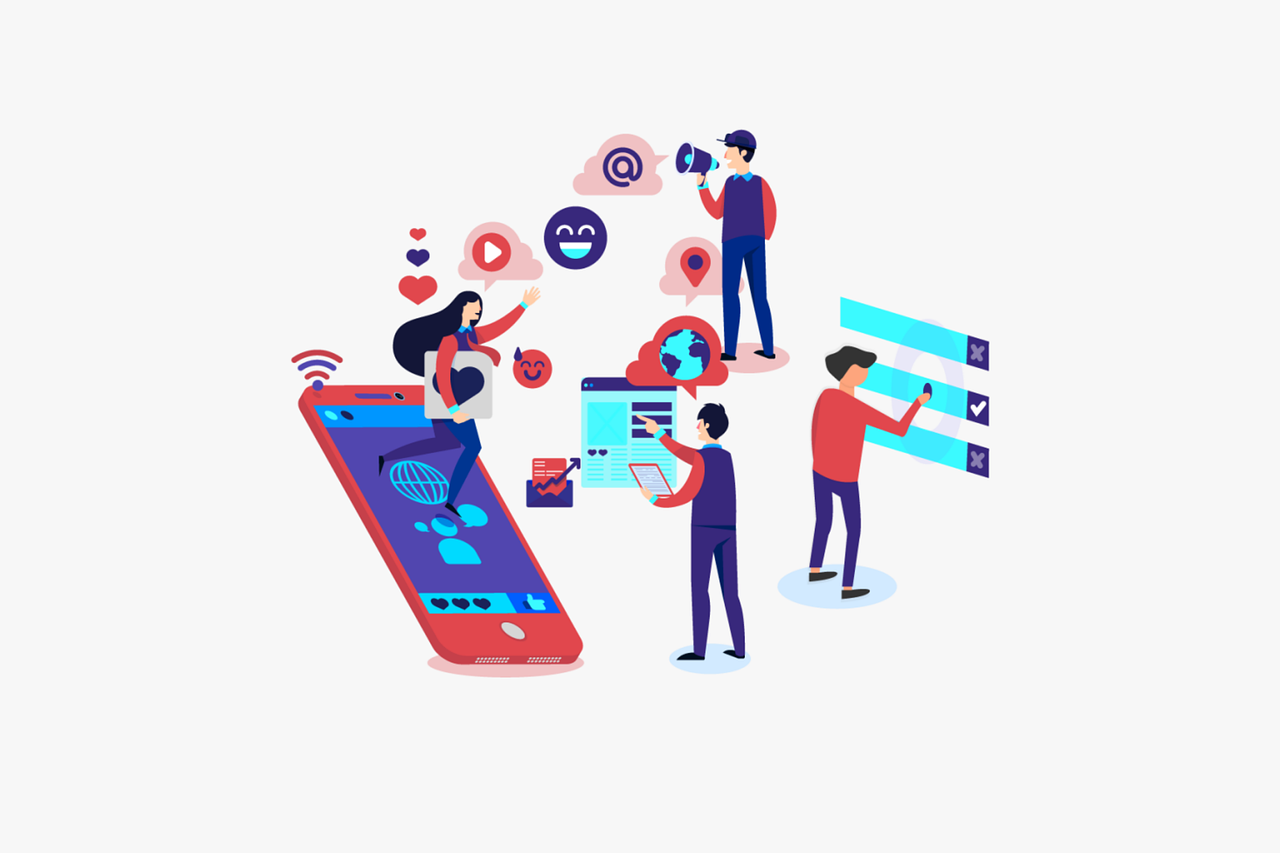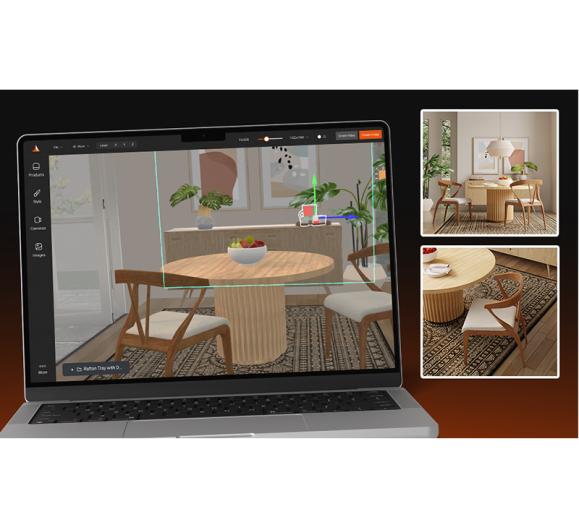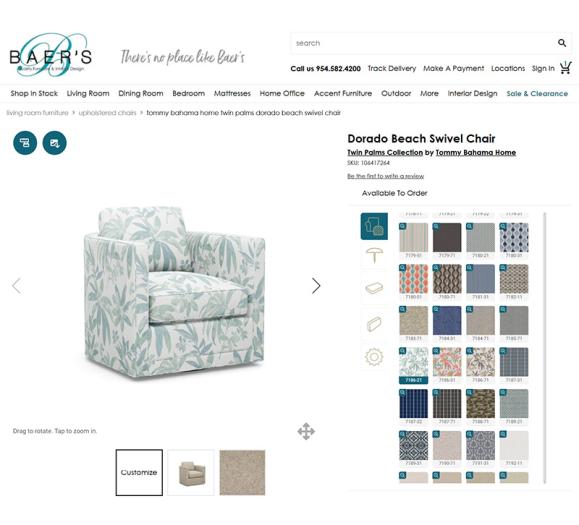We’re still living in the age of the influencer, and while it can be tempting to strive for hundreds of thousands of social media followers, sometimes quality over quantity is key. Enter the micro-influencer. The definition of a micro-influencer varies depending on who you ask, but generally they have anywhere from 3,000 to 10,000 followers on a social media platform. Below are five tips for building your micro-influencer audience and intel on how being a micro-influencer can boost your bottom line.
1. Understand your industry.
If you’re already a practicing interior designer or have a thriving retail business, you likely already have this part covered. But beyond having a basic understanding of the industry in which you work, understand why your followers are following you and the parts of the industry that matter to them. Do they care about product lead times and tariffs, or are they just looking for design tips? Look at other micro-influencers in your industry and see what they’re doing right — and wrong.
2. Master the platform.
From LinkedIn to TikTok, social media platforms run the gamut, so it’s important to tailor your content to the platform on which you’re posting. Stay on top of posting trends, styles and topics to become proficient in being an effective micro-influencer on the platform of your choice. Additionally, don’t feel like you have to conquer them all. Rather than spread your efforts across every platform, start out by focusing your influencer efforts on one or two platforms until you gain momentum. According to a study by influencer marketing company SocialPubli, 77 percent of micro-influencers create content at least once a day, and 48 percent post more frequently. It’s important to stay active on your platform of choice to stay in front of your audience.
3. Know your brand.
Branding is more than just your name and logo. The way you present yourself online should match the overall feeling and aesthetic of your company’s brand. The tone you use to speak to your audience, the style of photos you post, and the type of content you share should all be in line with the brand image you’re aiming to project. When your followers feel like they know you and your brand, they’re more likely to think of you as a trusted friend.
4. Build trust with your audience.
Micro-influencers arguably have a better relationship with their audience than larger influencers with hundreds of thousands, or even millions of followers. Micro-influencers often have cultivated a niche group of followers who are active and engaged. According to SocialPubli, micro-influencers have seven times the engagement on Instagram as larger influencers. Prioritizing quality over quantity when it comes to followers will generally lead to higher conversion rates because you know your followers are real and interested in your content. A smaller number of followers also means micro-influencers are more likely to interact with their followers directly because the number of comments and messages are at a manageable level.
5. Start generating income.
Your design or retail business is likely your primary career, but you can still reap the benefits of being a micro-influencer to make your expertise more valuable for followers and brand partners. Those who make a living as an influencer earn income from brand partnerships, which can be an option for those in the design industry, depending on your goals. Influencer marketing has grown substantially in the eyes of marketers as a viable means to promote their products via a trusted source. But outside of brand partnerships, microinfluencers can boost their income through their own brand, as their social media influence is an excellent promotional tool. Designers can use social media to promote both in-person and online design consultations, while retailers can reach their followers from any location through e-commerce.







